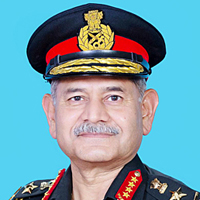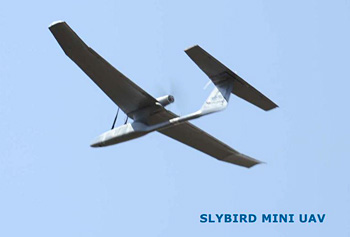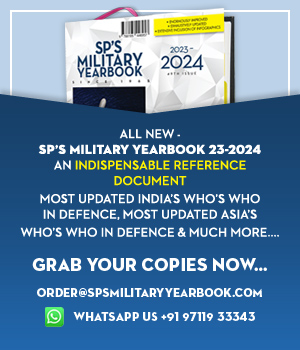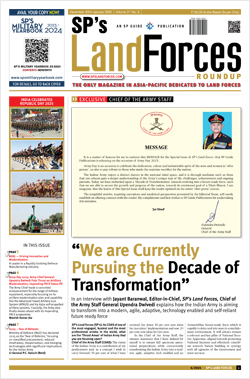INDIAN ARMED FORCES CHIEFS ON OUR RELENTLESS AND FOCUSED PUBLISHING EFFORTS

The insightful articles, inspiring narrations and analytical perspectives presented by the Editorial Team, establish an alluring connect with the reader. My compliments and best wishes to SP Guide Publications.

"Over the past 60 years, the growth of SP Guide Publications has mirrored the rising stature of Indian Navy. Its well-researched and informative magazines on Defence and Aerospace sector have served to shape an educated opinion of our military personnel, policy makers and the public alike. I wish SP's Publication team continued success, fair winds and following seas in all future endeavour!"

Since, its inception in 1964, SP Guide Publications has consistently demonstrated commitment to high-quality journalism in the aerospace and defence sectors, earning a well-deserved reputation as Asia's largest media house in this domain. I wish SP Guide Publications continued success in its pursuit of excellence.
- MoD initiates comprehensive review of Defence Acquisition Procedure 2020, pushes for defence reforms
- G7: The Swansong
- Kalinga Connect: South Asia to Polynesia
- Must Credit DRDO for Operation Sindoor, now what is next for defence R&D?
- The layered Air Defence systems that worked superbly, the key element of Operation Sindoor
- Operation Sindoor | Day 2 DGMOs Briefing
- Operation Sindoor: Resolute yet Restrained
Indian Army for fixed-wing mini-UAV for infantry units
 June 04, 2012: The Indian Army has announced its interest in procuring an undisclosed number of mini-UAVs for its infantry units, for real-time surveillance and reconnaissance, detection of enemy movement, target detection, recognition, identification and acquisition and post-strike damage assessment. The Army's Infantry Directorate, after studies, has stipulated that each integrated system should comprise three flying platforms (air vehicles), one man-portable ground control system, three launch and recovery systems (depending on requirement), one remote video terminal, optical sensors (three colour day video cameras plus three night monochromatic night thermal sensors) and one radio relay.
June 04, 2012: The Indian Army has announced its interest in procuring an undisclosed number of mini-UAVs for its infantry units, for real-time surveillance and reconnaissance, detection of enemy movement, target detection, recognition, identification and acquisition and post-strike damage assessment. The Army's Infantry Directorate, after studies, has stipulated that each integrated system should comprise three flying platforms (air vehicles), one man-portable ground control system, three launch and recovery systems (depending on requirement), one remote video terminal, optical sensors (three colour day video cameras plus three night monochromatic night thermal sensors) and one radio relay.
The weight of one UAV with its ground control system, one launch and recovery system and one set of optical sensors should not be more than 35-kg, all man portable in a backpack. Indicating its preference for fixed-wing platforms, the Army has said it should be possible to launch and recover the UAV within an area of 50x50 metres and in case of a wheeled launch/recovery the UAV should takeoff/land from an unpaved surface in a distance of not more than 50m. Interestingly, the Army requires that interested vendors offer their products in two variants—for deployment in plains and hills, and in high-altitude. The first variant needs to be capable of being launched and recovered upto an elevation of 3-km above mean sea level (AMSL) and operate upto 1,000 metres Above Ground Level (AGL). It should have an endurance of 120 minutes with a minimum loiter time of 60 minutes with maximum payload at 1,000 metres above take off altitude. On the other hand, the high-altitude variant must be capable of being launched and recovered upto an elevation of four-km AMSL and operate upto 1,000 metres Above Ground Level (AGL). It should have an endurance of 90 minutes with a minimum loiter time of 45 minutes with max payload at 1000 metres above take off altitude. Both variants need to have a range of not less than 10-km.





